Les vélos électriques transforment rapidement le paysage urbain de Toronto. Cependant, avec la multitude de modèles et de réglementations locales en vigueur, il est important de se familiariser avec les différentes classifications de vélos électriques et leurs répercussions sur le lieu et la façon dont vous roulez. Voici un guide clair sur la législation relative aux vélos électriques en 2025 : réglementations fédérales, provinciales et spécifiques à Toronto concernant les vélos électriques et les cyclistes canadiens.
Que sont les vélos électriques de classe 1, de classe 2 et de classe 3 ?
Les vélos électriques sont généralement divisés en trois classes principales qui guident leur utilisation autorisée :
- Classe 1 (assistance au pédalage uniquement) : Ces vélos électriques offrent une assistance uniquement au pédalage, avec coupure à 32 km/h. Ils ne disposent pas d'accélérateur et sont généralement autorisés en ville, sur les pistes cyclables et la plupart des sentiers mixtes.
- Classe 2 (accélérateur + assistance au pédalage) : Les vélos de classe 2 peuvent être motorisés par accélérateur, permettant ainsi un déplacement motorisé sans pédaler, mais leur vitesse est limitée à 32 km/h. Bien que populaires pour leur accessibilité, la conduite avec accélérateur est parfois limitée, notamment sur les sentiers et les chemins.
- Classe 3 (assistance au pédalage à grande vitesse) : Conçus pour des vitesses plus élevées, ils offrent une assistance au pédalage jusqu'à 45 km/h. Les vélos électriques de classe 3 sont rares au Canada et presque jamais homologués pour la circulation sur route ou sur sentier dans les villes canadiennes, y compris Toronto.
Lois et règlements fédéraux canadiens sur les vélos électriques
La réglementation fédérale canadienne établit des normes strictes pour tous les vélos électriques vendus ou utilisés à l'échelle nationale :
- Puissance maximale du moteur : 500 W
- Vitesse maximale assistée par moteur : 32 km/h
- Pédales utilisables : Obligatoire en tout temps (ne peut pas être un scooter avec des repose-pieds)
- Étiquette de classification : Doit être conforme à l'étiquetage fédéral des vélos électriques
Dépasser ces critères reclasse tout vélo électrique en cyclomoteur ou en moto, nécessitant une immatriculation, une assurance et un permis de conduire... et rendant son utilisation illégale sur les pistes cyclables ou sans documentation appropriée.
Lois provinciales et locales sur les vélos électriques : Ontario et Toronto
L’Ontario superpose aux normes fédérales des lois provinciales supplémentaires :
- Âge minimum : 16 ans pour tous les opérateurs de vélos électriques
- Utilisation du casque : Obligatoire pour tous les conducteurs et passagers, quel que soit leur âge
- Poids maximal du véhicule : 120 kg (batterie incluse)
- Passagers : Uniquement si le vélo est conçu pour cela et que le passager a au moins 16 ans
- Règles de fonctionnement : Interdiction de circuler sur les trottoirs ; les vélos électriques sont autorisés sur les pistes cyclables et dans la plupart des rues de la ville, sous réserve de la signalisation locale.
Règles municipales de Toronto
Toronto a adopté des règlements locaux pour réglementer davantage les vélos électriques :
- Lois sur le port du casque : Le port du casque est obligatoire pour tous les utilisateurs de vélos électriques, quel que soit leur âge.
- Où vous pouvez rouler : Les vélos électriques sont toujours interdits sur les trottoirs. Les vélos électriques de classe 1 (à assistance au pédalage) sont autorisés sur les pistes cyclables et sur la plupart des sentiers et chemins urbains polyvalents. Les vélos électriques de classe 2 (avec accélérateur) peuvent circuler sur les routes et les pistes cyclables, mais sont généralement interdits dans les parcs municipaux, les sentiers des zones de loisirs et de conservation, ainsi que dans de nombreux sentiers polyvalents, notamment la ceinture verte de la vallée de la Don et les sentiers riverains. Les modèles de classe 3 ne sont pas autorisés sur les routes ni sur les sentiers.
Assurez-vous de vérifier la législation locale avant de prendre la route ! Voici un bon graphique résumant la réglementation en matière de micromobilité. Avec l'aimable autorisation de la Ville de Toronto.
Chez Ebikecan , nous croyons qu'il est important de donner aux cyclistes le choix, et cela inclut le contrôle des performances de leur vélo électrique. Notre gamme innovante de modèles 2025 se distingue sur le marché canadien par une flexibilité de configuration exceptionnelle , la plupart des modèles étant disponibles en configurations de classe 1 et de classe 2 pour répondre à vos besoins spécifiques et à la réglementation locale.
Modèles AURORA CORE :
Disponible en CLASSE 1 ou CLASSE 2

Véhicule urbain léger et polyvalent
AURORA GRX :
Disponible en CLASSE 1 UNIQUEMENT

Ultra-léger, optimisé pour les sorties sérieuses sur gravier
Modèles LANCET CORE :
Disponible en CLASSE 1 ou CLASSE 2

Vélo urbain léger, facile à enfiler et polyvalent
LANCET PRO MD :
Disponible en CLASSE 1 ou CLASSE 2

SUV ultime avec des composants haut de gamme
Découvrez la gamme complète EBIKECAN... ICI

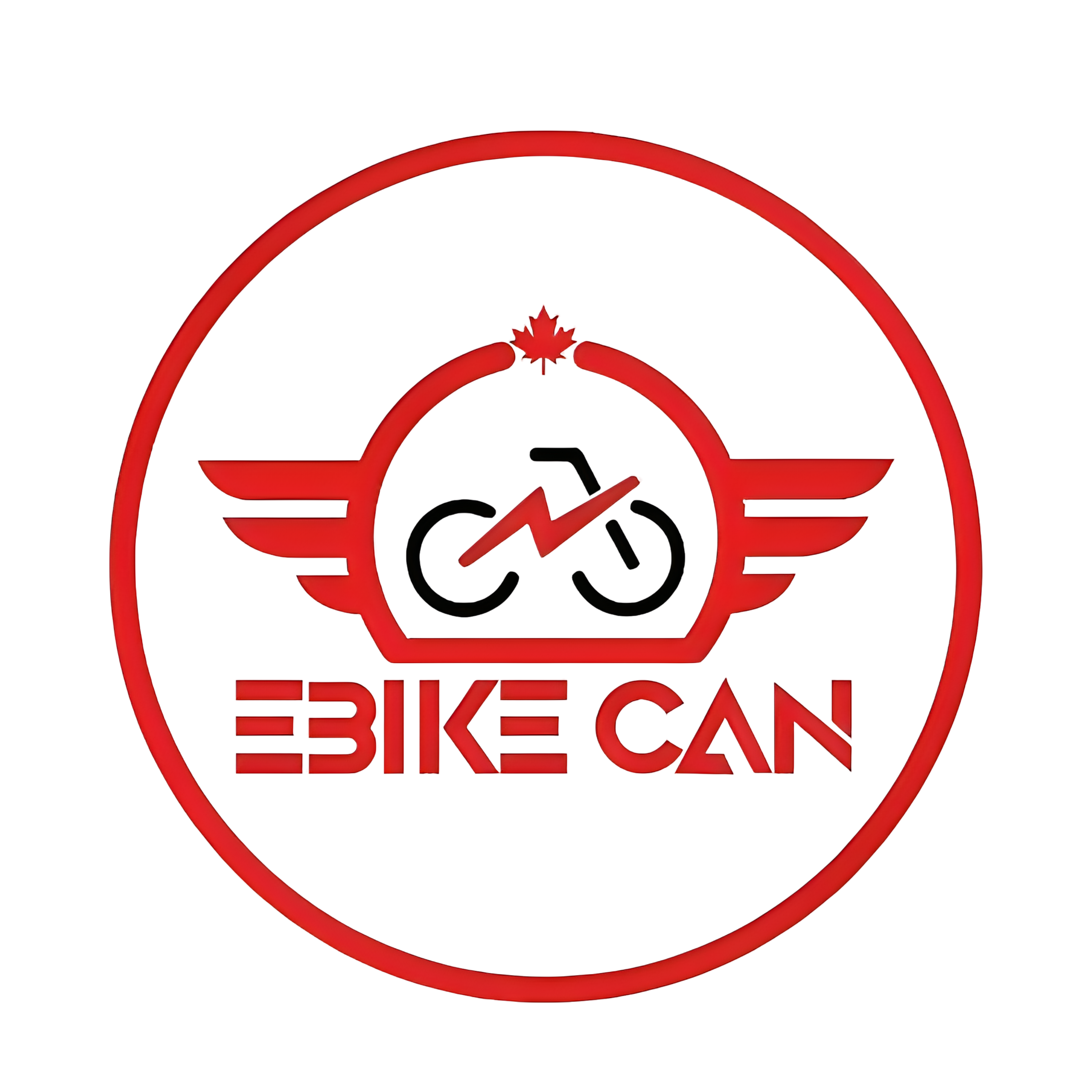

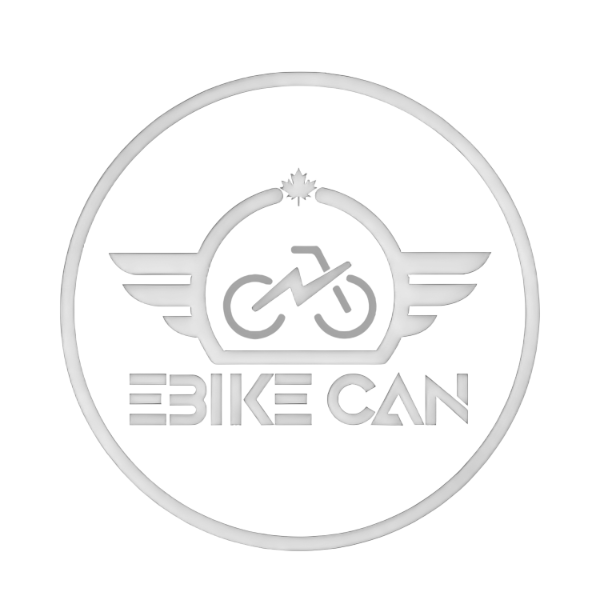
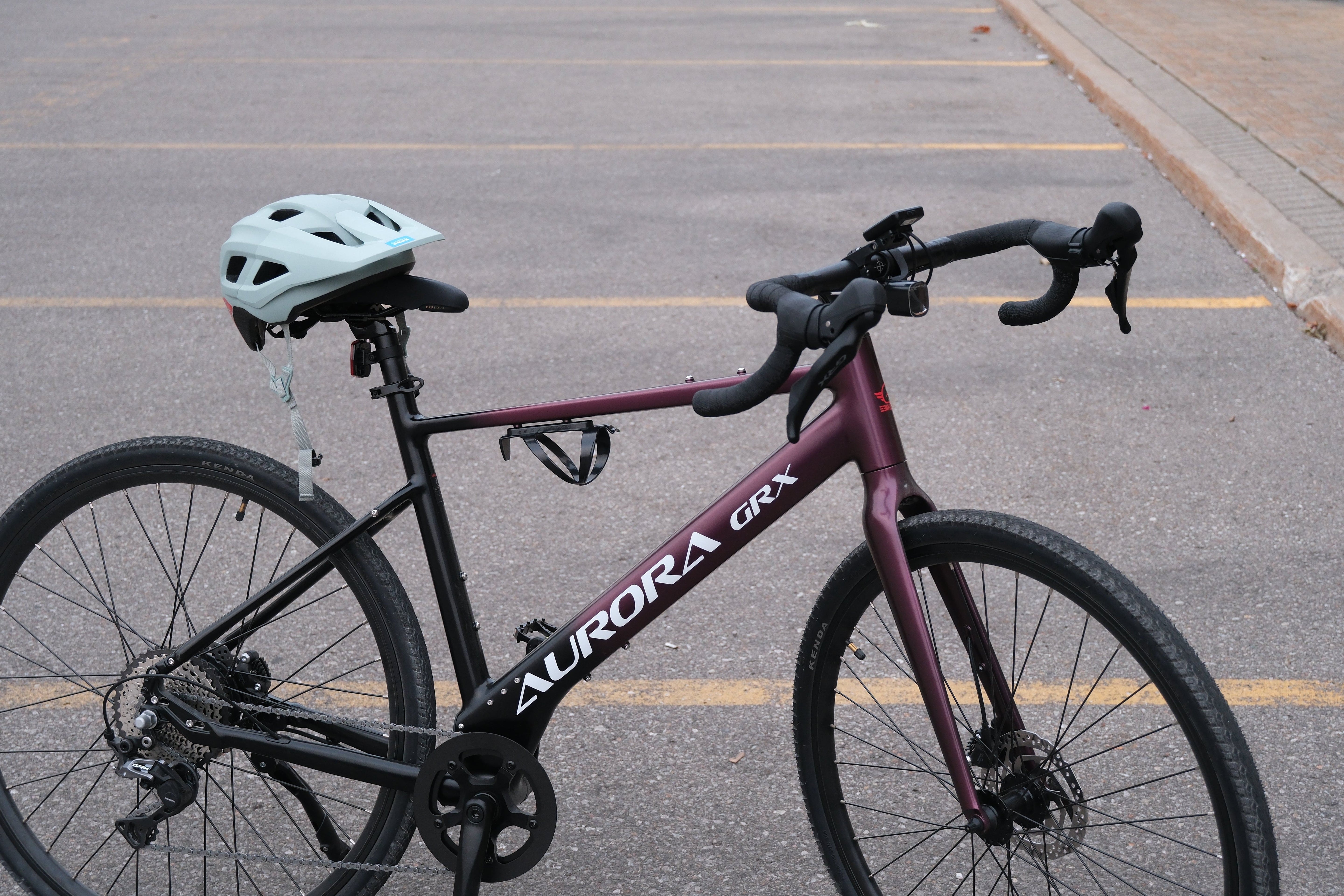

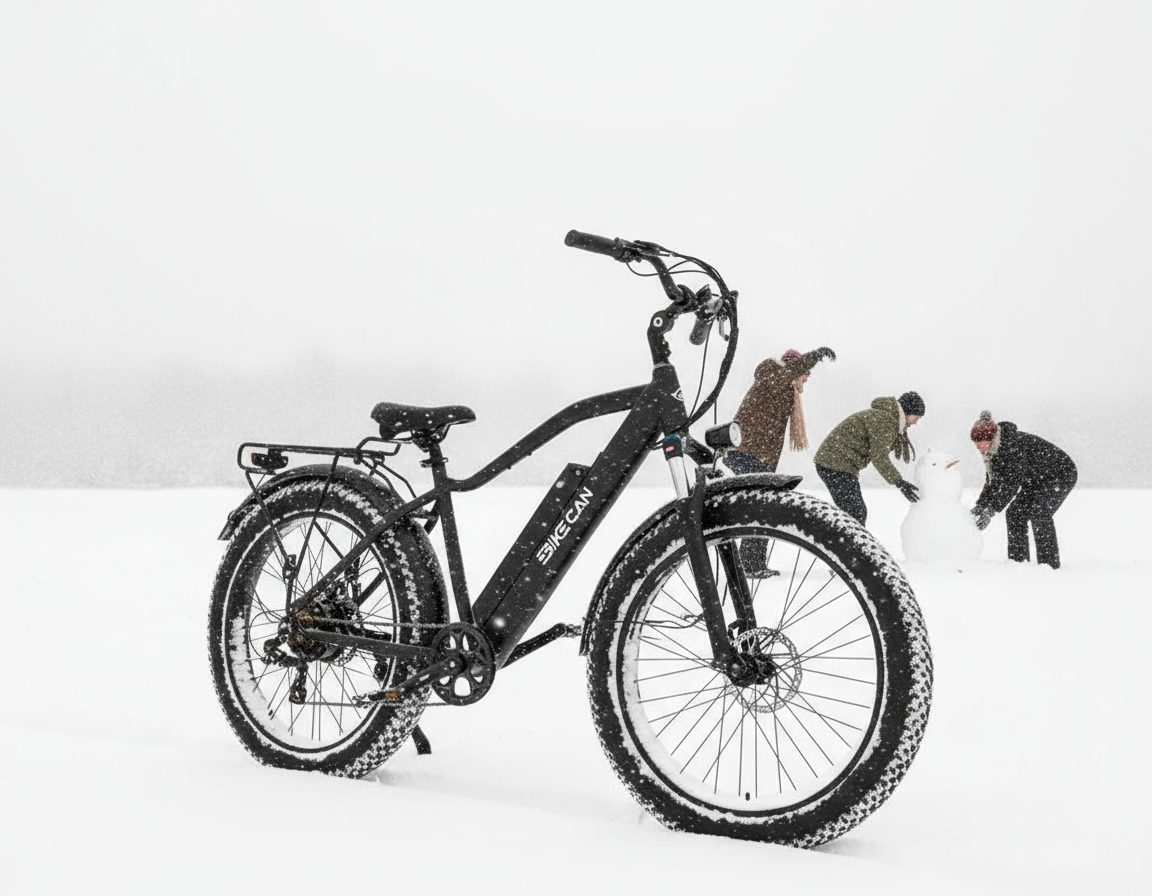
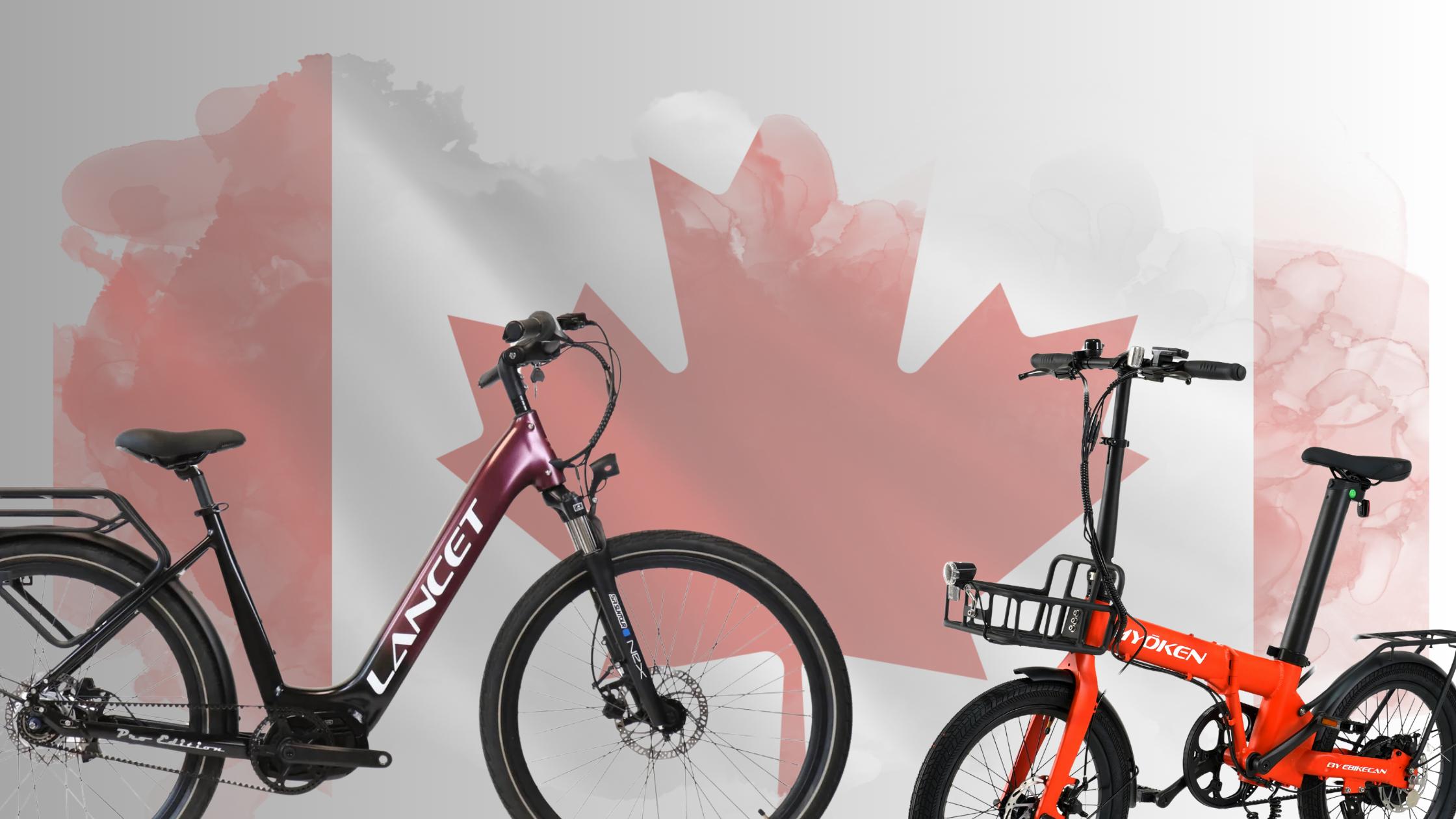
Partager:
Courroie ou chaîne : découvrez la différence !
Découvrez Myoken, le vélo électrique pliable par excellence !